



The Notable Breakthroughs in Drug Discovery with SILAC Technique. Stable Isotope Labeling by Amino Acids in Cell Culture (SILAC) is a powerful technique that allows for the quantification and characterization of proteins in cells and organisms.
It involves the substitution of specific amino acids with their isotopically labeled counterparts in cell culture media. This labeling enables researchers to track and compare protein expression levels, protein-protein interactions, and post-translational modifications, among other biological processes.
Several recent breakthroughs have been made using SILAC, enhancing its applications and expanding its potential. Here are some notable advancements:
Proteome-wide analysis: SILAC has been used to perform comprehensive proteome-wide quantification, enabling the identification and quantification of thousands of proteins simultaneously in different cell types, tissues, or disease states. This approach has facilitated the exploration of protein expression dynamics and cellular responses to various stimuli.
Subcellular proteomics: SILAC has been extended to subcellular compartments, enabling the investigation of protein dynamics within specific organelles or cellular structures. This has helped in understanding cellular trafficking, protein sorting, and localization.
Metabolic labeling: SILAC has been combined with metabolic labeling techniques to study protein turnover and stability. By introducing isotopically labeled amino acids with different metabolic properties, researchers can monitor protein synthesis, degradation, and half-life rates.
Protein-protein interactions: SILAC has been utilized to analyze protein-protein interactions and protein complex assembly. By incorporating isotopically labeled amino acids in different cell populations, researchers can distinguish between interacting and non-interacting proteins through mass spectrometry-based techniques.
Post-translational modifications: SILAC has enabled the study of post-translational modifications (PTMs), such as phosphorylation, acetylation, methylation, and glycosylation. By combining SILAC with specific enrichment strategies, researchers can identify and quantify PTMs on a proteome-wide scale, elucidating their functional roles.
Cross-species comparisons: SILAC has been used to compare protein expression and modifications between different species. By culturing cells or organisms in media containing isotopically labeled amino acids, researchers can compare protein profiles and identify conserved or species-specific changes.
These recent breakthroughs in SILAC have significantly advanced our understanding of cellular processes and disease mechanisms. This technique continues to be refined and applied in various fields, offering valuable insights into protein biology and paving the way for future discoveries.
To serve the increasing needs in SILAC research, many biotech companies also make a good effort to manufacture qualified stable isotope labeled amino acids. With the powerful material support, the research in SILAC is moving steadily forward.
Seller Information
Please login to view the seller information.
Location
Related Ads
Silica Gel Suppliers
- 4 days ago
- Vadodara City, Gujarat, India
- 9 Views
Aluminium Oxide Basic
- 5 days ago
- Vadodara City, Gujarat, India
- 9 Views
Silica Gel Manufacturer
- 6 days ago
- Vadodara City, Gujarat, India
- 9 Views
Aluminium Oxide Active Neutral
- 1 week ago
- Vadodara City, Gujarat, India
- 21 Views
Silica Gel For Column Chromatography
- 2 weeks ago
- Vadodara City, Gujarat, India
- 14 Views
Aluminium Oxide Acidic – Column Chromatography
- 2 weeks ago
- Vadodara City, Gujarat, India
- 14 Views
Sorbipaks Silica Gel Packets Manufacturers
- 2 weeks ago
- Chatra City, Jharkhand, India
- 21 Views
Cargo Desiccant Bags For Export Products
- 2 weeks ago
- Mumbai - Mumbai Central, Maharashtra, India
- 20 Views
Column Chromatography with Silica Gel
- 2 weeks ago
- Vadodara City, Gujarat, India
- 26 Views
Desiccant Bags For Shipping Containers
- 2 weeks ago
- Gandhinagar City, Gujarat, India
- 12 Views
Silica Gel Blue Crystals in India
- 2 weeks ago
- Vadodara City, Gujarat, India
- 20 Views
India’s Largest Manufacturer and Supplier of TiO2 and Calcium
- 1 month ago
- Ludhiana (East), Punjab, India
- 20 Views
High-Quality Titanium Dioxide (TiO2) Supplier | Sukhmani Impex
- 1 month ago
- Ludhiana (East), Punjab, India
- 13 Views
Are You in Need of Metribusin? Contact Tatva Chintan Now
- 1 month ago
- Vadodara City, Gujarat, India
- 32 Views
High Quality 3-Methyl Pyridine For Imidacloprid | Tatva Chintan
- 1 month ago
- Vadodara City, Gujarat, India
- 19 Views
Highest Grade Tebuconazole – Get It From Tatva Chintan
- 1 month ago
- Vadodara City, Gujarat, India
- 22 Views
Blue Silica Gel | Swambe Chemicals
- 2 months ago
- Vadodara City, Gujarat, India
- 24 Views
Aluminium Oxide Acidic
- 2 months ago
- Vadodara City, Gujarat, India
- 27 Views
Chromatography Adsorbents Manufacturer and Supplier | Column Chromatography
- 2 months ago
- Vadodara City, Gujarat, India
- 28 Views
High Quality Chemicals and Pharmaceuticals
- 2 months ago
- Surat City, Gujarat, India
- 18 Views
China Factory H-D-PHG-OME HCL CAS 19883-41-1
- 2 months ago
- Andorra
- 21 Views
Good Price H-D-PHG-OME HCL CAS 19883-41-1
- 2 months ago
- Chile
- 18 Views
Hot Selling H-D-PHG-OME HCL CAS 19883-41-1
- 2 months ago
- Belize
- 26 Views
High Quality Chemicals Metribusin Now Available At Tatva Chintan
- 2 months ago
- Vadodara City, Gujarat, India
- 26 Views
Manufacturer and Exporter of Oilfield Chemicals
- 3 months ago
- Vadodara City, Gujarat, India
- 37 Views
Superior Aqua Ammonia Solution in Mauritius | Mysore Ammonia
- 3 months ago
- Mauritius
- 38 Views
Are You in Need of Metribuzin? Contact Tatva Chintan Now
- 3 months ago
- Vadodara City, Gujarat, India
- 55 Views
Bulk Ammonia Solutions in Cote D’Ivoire | Mysore Ammonia
- 3 months ago
- Côte d'Ivoire
- 28 Views
Get The Highest Quality Pinacolone For Metribuzin
- 3 months ago
- Vadodara City, Gujarat, India
- 23 Views
Calcium Chloride Dihydrate Flakes HS Code 282720 Cas 10035-04-8
- 4 months ago
- China
- 30 Views
Mini-Pellets Calcium Chloride Anhydrous For Ice and Snow Melters
- 4 months ago
- China
- 38 Views
Snow Melting Sodium Formate 98% Granule For Worldwide Market
- 4 months ago
- China
- 28 Views
Buy 100% Pure Caluanie Muelear Oxidize Parteurized Online
- 4 months ago
- Poland
- 73 Views
Are You in Search of High-Quality Chemicals and Pharmaceuticals?
- 4 months ago
- Surat City, Gujarat, India
- 42 Views
Highest Grade Chemical Manufacturer in India | Tatva Chintan
- 5 months ago
- Vadodara City, Gujarat, India
- 60 Views
Bromo Biphenyl Solution Offered by Tatva Chintan
- 5 months ago
- Vadodara City, Gujarat, India
- 91 Views
Quality SDA – Get It Today From Tatva Chintan
- 6 months ago
- Surat City, Gujarat, India
- 76 Views
High-Quality Structure Directing Agent | Tatva Chintan
- 6 months ago
- Surat City, Gujarat, India
- 56 Views
Povidone Iodine API Manufacturer in India | Life Pharma Chem
- 12 months ago
- Rajkot City, Gujarat, India
- 75 Views
Best Tallow Suppliers in India | Shivam Chemicals
- 1 year ago
- Mumbai - Andheri, Maharashtra, India
- 69 Views
How Dose a Boiler Feed Water Treatment System Operate ?
- 1 year ago
- Jaipur City, Rajasthan, India
- 104 Views
STP Chemicals Manufacturer in India | Mishitek Chemicals
- 1 year ago
- Jaipur City, Rajasthan, India
- 64 Views
Sodium Hypochlorite Supplier & Exporter in Surat | Kavya Pharma
- 1 year ago
- Surat City, Gujarat, India
- 104 Views
Best Desonide Supplier/Exporter in Surat | Kavya Pharma
- 1 year ago
- Surat City, Gujarat, India
- 91 Views
China Anhydrous Lanolin EP Grade Factory and Manufacturers
- 1 year ago
- China
- 95 Views


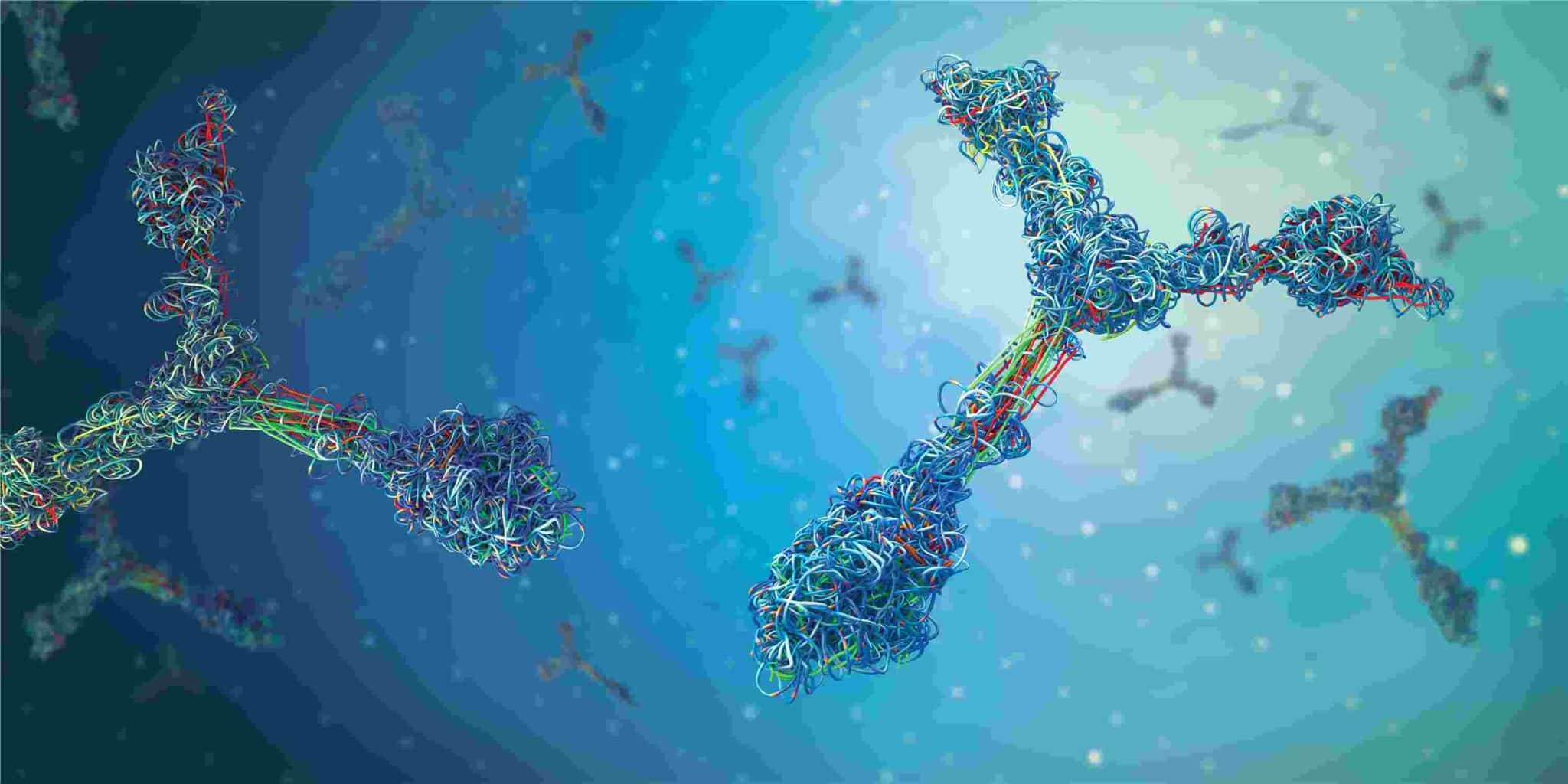
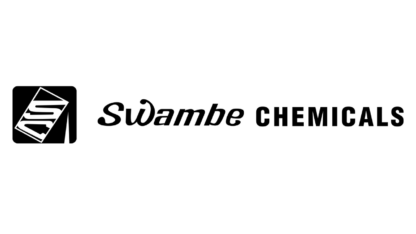
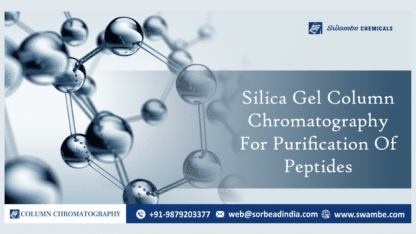



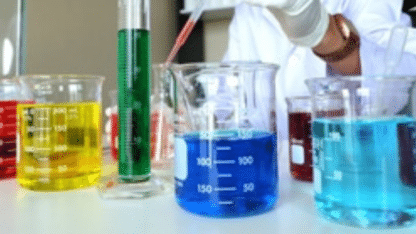
















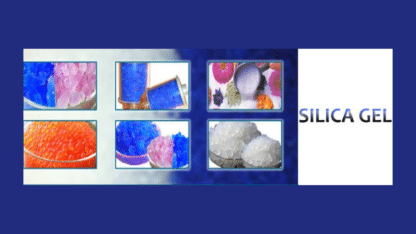




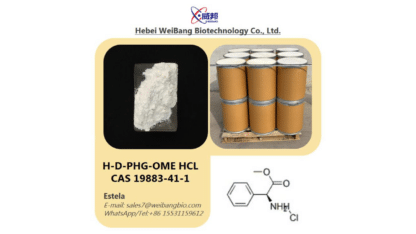
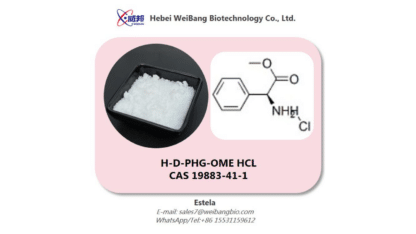

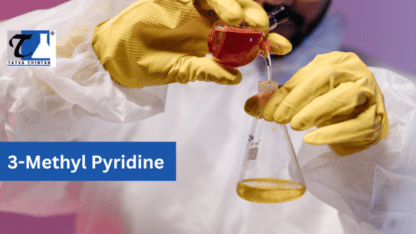
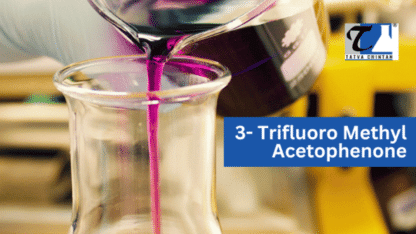




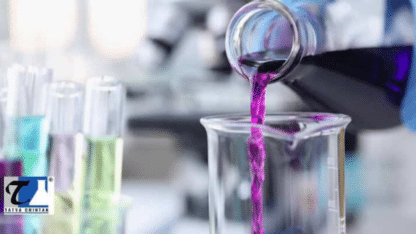



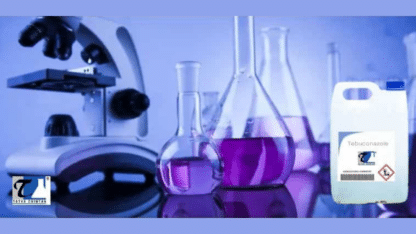

















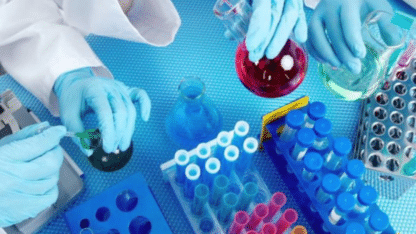






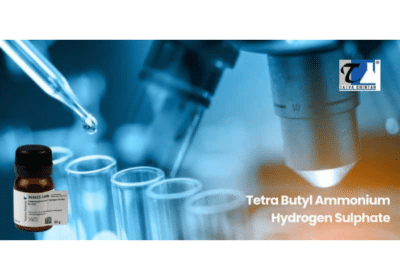



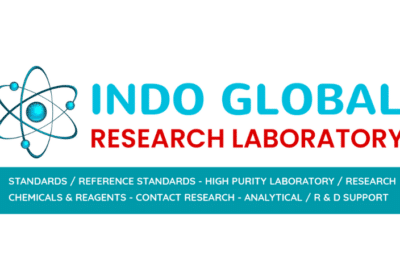


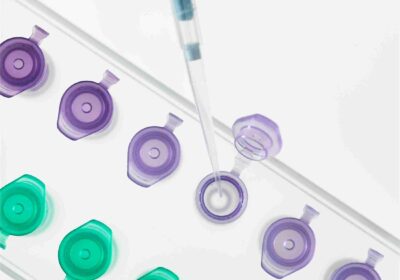
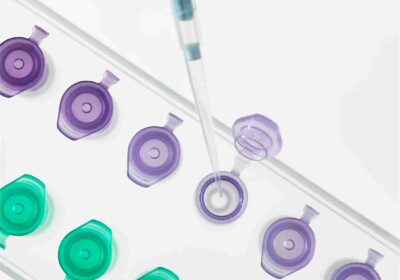

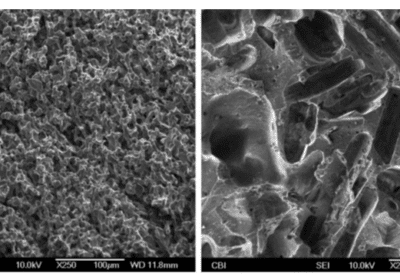





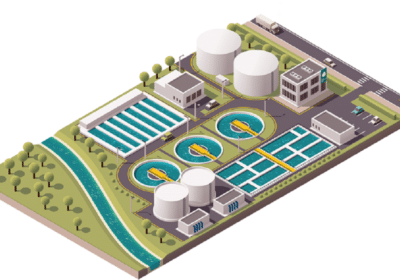






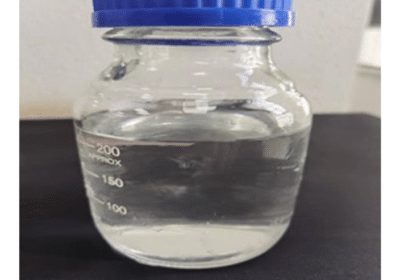


You must be logged in to post a review.